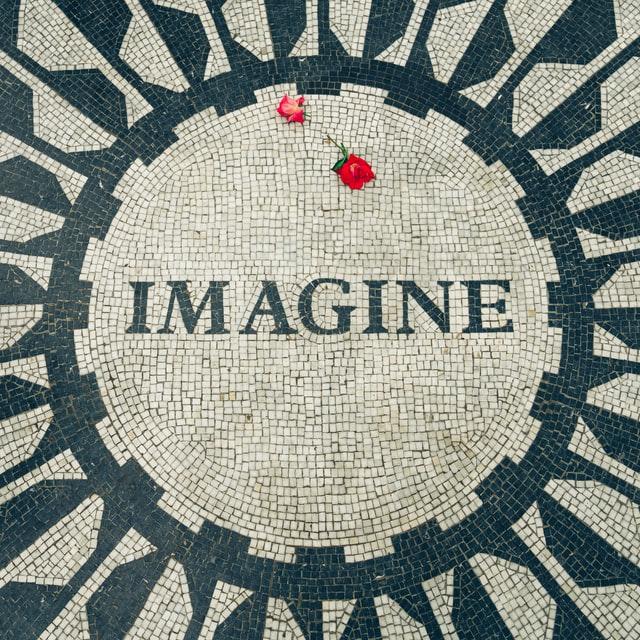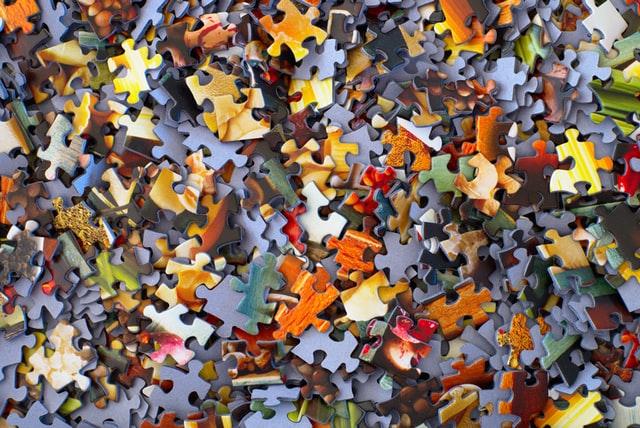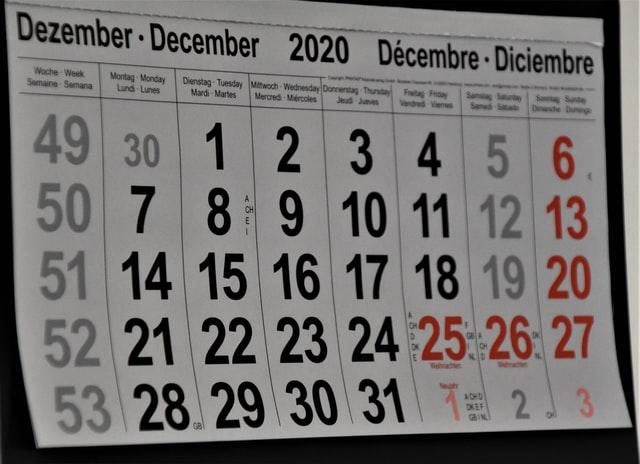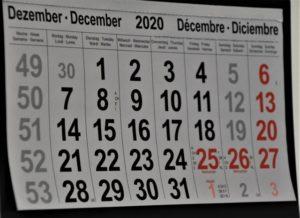What Causes Tribute and Peer-to-Peer Donors to Renew?
 One of my pet peeves as a donor is making a contribution (via a peer-to-peer request or tribute gift in honor or memory) in support of a friend; then receiving nothing but a form receipt.
One of my pet peeves as a donor is making a contribution (via a peer-to-peer request or tribute gift in honor or memory) in support of a friend; then receiving nothing but a form receipt.
Some of you may be thinking, “That’s exactly how I like it; now I have no reason to get sucked in as an ongoing donor to this organization.”
Exactly.
Your job as a fundraiser and nonprofit marketer is this: Suck. People. In.
… with the good stuff.
Draw folks to you like bees to honey.
Give them something sweet and irresistible.
A one-time formulaic, “thank you on behalf of the board and staff of XYZ charity for your $50 gift,” won’t seduce or tempt me in any way. It won’t make my heart sing.
If you don’t reach your first-time donor’s heart immediately with something that makes them feel warm and fuzzy, guess what happens? When you come back to them a year from now with an annual giving appeal, they’re highly unlikely to make another donation. They don’t care about you. They car(ed) about their friend.
What Causes Tribute and Peer-to-Peer Donors to Feel Good?
When I give in honor of someone else, to a charity to which they’ve directed me, I tend to feel a little bit good because I did something meaningful to them. But… I don’t feel good because it was meaningful to me.
Unless the charity does something proactive to make their cause resonate with me more directly, I’m not likely to be a repeat donor to this organization.
So don’t kid yourself.
Details


 The Unfair Exchange
The Unfair Exchange



 You are a
You are a 
